31 Reasons Boomers Swear Old-Fashioned Courting Beats Modern Dating Every Time
Ah, lembra-se dos dias em que o amor era medido em notas escritas à mão, jantar num restaurante acolhedor e a emoção de uma batida na porta em vez de uma mensagem de texto?
Boomers often reminisce about the charm that defined their courting days, contrasting it with the rapid, sometimes impersonal nature of modern dating.
It’s like comparing a timeless novel to a trending tweet—both have their merits, but one seems to hold an echo of sincerity that resonates with the heart.
So, let’s go on a nostalgic journey, exploring 31 reasons why Boomers can’t help but believe that the art of old-fashioned courting holds irreplaceable magic.
1. Comunicação cara a cara

Meeting in person was the heartbeat of relationships. Locking eyes, sharing a smile, and experiencing the warmth of someone’s presence made every encounter special. It wasn’t just another appointment squeezed into a packed schedule—it was an event to be anticipated.
As expressões, os olhares subtis e as palavras não ditas criaram uma linguagem própria, algo que nenhuma mensagem de texto ou videochamada consegue reproduzir verdadeiramente.
In today’s world, much of this intimacy is lost to screens. That’s why Boomers fondly recall a time when direct, heartfelt conversations built the foundation of love.
2. Ausência de Ghosting

Back then, ending a relationship required maturity. Conversations—however uncomfortable—were had in person, offering closure and mutual respect.
Avoiding someone wasn’t an option; you had to acknowledge emotions and part ways with dignity. Vanishing without a word wasn’t just uncommon—it was unthinkable.
Hoje, O ghosting tornou-se uma norma infeliz. Os Boomers valorizam uma época em que até as despedidas eram tratadas com consideração e graça.
3. Arte de escrever cartas

Writing love letters was an art. Every word was carefully chosen, every sentence carried emotion. Unlike today’s fleeting digital messages, letters were tangible expressions of love, cherished and reread for years.
The anticipation of receiving a letter, unfolding the paper, and tracing the ink with your fingertips created an intimacy that instant messaging simply can’t match.
Os "boomers" apreciam a era em que o amor era escrito com devoção e não digitado de passagem.
4. Datas corretas
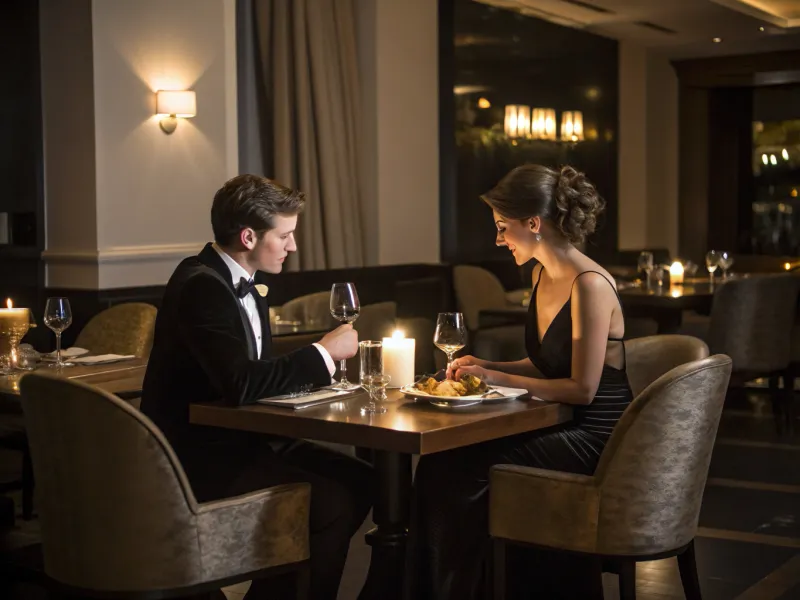
Going on a date meant effort—dressing up, planning something meaningful, and creating an experience to remember. It wasn’t just an impromptu hangout; it was an occasion filled with excitement and intention.
Desde jantares à luz das velas a passeios sob as estrelas, cada saída tinha um ar de romance. Havia um sentido de objetivo por detrás de cada convite.
Atualmente, os encontros casuais substituem muitas vezes o encanto dos encontros tradicionaistencontros profissionaisOs Boomers sentem saudades dos tempos em que o namoro era uma aventura.
5. Envolvimento da família

Introducing a partner to the family wasn’t just a formality—it was a meaningful step. It showed commitment, added depth to the relationship, and allowed both sides to understand each other on a deeper level.
Family gatherings provide insight into a person’s values, background, and how they treated loved ones. Relationships weren’t just about two people; they were woven into a larger tapestry of connections.
In contrast, today’s dating culture often keeps families at a distance until much later. Boomers appreciate how early involvement once strengthened relationships.
6. Actividades partilhadas

Dates weren’t just about sitting across a table; they were about fazer coisas em conjunto—dancing, bowling, attending community events, or taking spontaneous road trips. Shared experiences created deeper bonds and built lasting memories.
These activities revealed different sides of a person—how they handled challenges, celebrated victories, and embraced the simple joys of life.
Com os encontros modernos a dependerem fortemente da interação digital, os Boomers conservam a magia dessas ligações animadas e baseadas na experiência.
7. Namoro respeitoso

Mutual respect was the foundation of relationships. Thoughtful gestures—like opening doors, offering a coat on a chilly night, or ensuring a safe walk home—weren’t grand acts but small, meaningful ways of showing care.
Estas regras de cortesia não ditas estabelecem um tom de apreço e atenção.
While modern dating norms have evolved, Boomers reflect on a time when respect wasn’t an exception—it was the standard.
8. Intenções claras
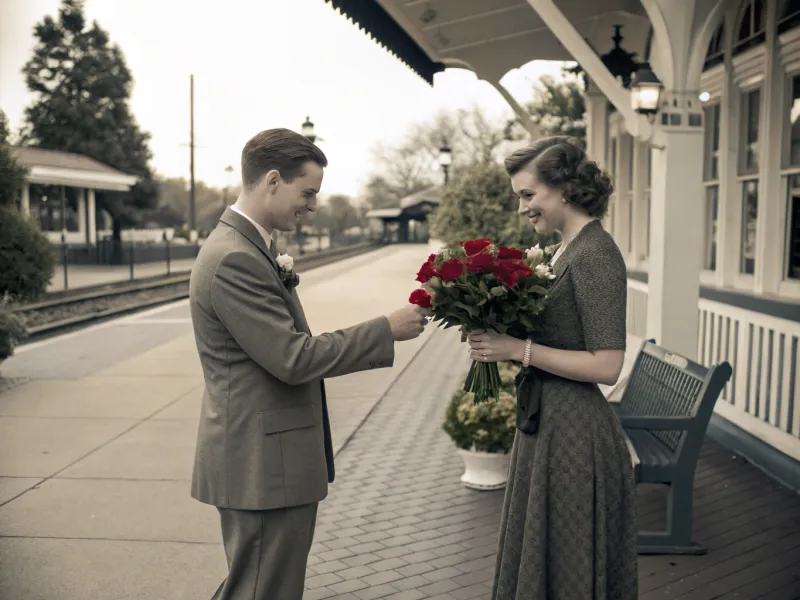
Dating wasn’t a maze of undefined relationships. If you were courting someone, it was understood that you were genuinely getting to know each other with a long-term connection in mind.
There was no confusion between “talking,” “situationships,” or “seeing where things go.” Expectations were clear, reducing misunderstandings and emotional uncertainty.
Hoje em dia, as linhas são muitas vezes difusas, mas os Boomers recordam com carinho uma época em que o amor tinha uma direção clara.
9. Sem pressão das redes sociais

Sem as redes sociais, as relações prosperam em privado. Love wasn’t about online validation—it was about the moments shared between two people, unfiltered and free from external influence.
Não havia pressão para criar o post perfeito, procurar aprovação através de gostos ou comparar relações com imagens selecionadas. O amor crescia ao seu próprio ritmo, longe do olhar do público.
Os "boomers" apreciam a simplicidade de uma época em que o afeto era expresso na vida real e não apenas num ecrã.
10. Dependência da interação pessoal
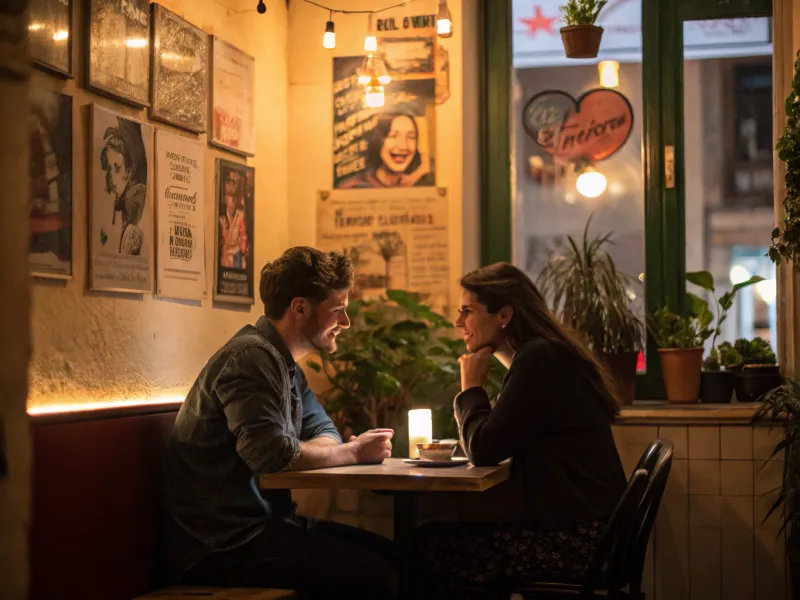
Communication meant talking—truly talking. You couldn’t rely on emojis or vague texts to convey feelings. Words had to be spoken, emotions had to be expressed, and understanding came from listening and observing.
Esta ênfase na interação direta e significativa reforçou as ligações emocionais. Aprendeu a ler o tom, a interpretar a linguagem corporal e a envolver-se com sinceridade.
Num mundo em que as mensagens digitais dominam, os Boomers apreciam os dias em que as conversas eram profundas, calorosas e genuínas.
11. Valor da paciência

A paciência estava presente no tecido do romance. Desde a espera pela chegada de uma carta até à antecipação do próximo encontro, tudo se desenrolava a um ritmo natural, permitindo que as emoções se desenvolvessem organicamente.
Não havia pressa em avançar rapidamente através de marcos importantes. Cada fase da relação desenrolou-se com o seu próprio ritmo, aprofundando as ligações através do tempo e das experiências partilhadas.
Today’s dating culture often prioritizes speed, but there was something special about savoring every moment and letting love grow at its own pace.
12. Conversas intencionais

Todas as conversas tinham um objetivo. Em vez de se limitarem a preencher o silêncio, as pessoas envolveram-se em discussões profundas sobre sonhos, valores e aspirações.
Talking wasn’t just about exchanging words—it was about truly listening and understanding. Couples built connections through thoughtful dialogue, learning what truly mattered to each other.
Atualmente, as mensagens de texto rápidas e as conversas superficiais substituem frequentemente as trocas significativas, deixando pouco espaço para o tipo de conversas que fortalecem as relações.
13. Expressão através de gestos

Romance wasn’t limited to verbal declarations. Thoughtful gestures—like a handwritten note, a carefully chosen gift, or a spontaneous visit—spoke volumes.
Estes pequenos actos implicavam um esforço genuíno, tornando-os profundamente pessoais e significativos. O afeto estava presente nos momentos do dia a dia, em vez de ser apenas uma grande declaração.
While digital communication makes things more convenient, a simple emoji can’t quite capture the depth of a heartfelt, tangible gesture.
14. Namoro centrado na comunidade

Romance didn’t exist in a vacuum—it thrived with the support of friends, family, and neighbors. Whether it was attending local dances, church gatherings, or hometown fairs, relationships grew in shared social circles.
This communal environment provided a sense of belonging and accountability, where couples weren’t just individuals in love but part of a larger, connected world.
Com o facto de os encontros se realizarem frequentemente em privado ou em linha, a influência da comunidade na formação das relações desvaneceu-se.
15. Apreciação da simplicidade

Grand gestures weren’t necessary to make love feel special. A slow walk, a shared milkshake, or a long conversation under the stars held all the magic in the world.
It was never about extravagant plans but about enjoying each other’s company. The simplest moments became treasured memories, proving that love isn’t measured by luxury but by connection.
In contrast, today’s dating culture often emphasizes lavish experiences, sometimes overlooking the beauty of effortless togetherness.
16. Percurso de relacionamento definido

There was an understood progression in relationships—dating led to commitment, which led to marriage and building a life together. While every couple moved at their own pace, there was a shared understanding of what each stage meant.
Esta clareza proporcionou estabilidade, reduzindo a confusão sobre o rumo que as coisas estavam a tomar. Cada passo tinha um sentido de intenção, fazendo com que as relações se sentissem seguras e com objectivos.
Atualmente, com rótulos indefinidos e expectativas variáveis, as relações podem, por vezes, parecer ambíguas, o que faz com que muitos se perguntem qual é a sua verdadeira posição.
17. Ênfase na compatibilidade

Attraction wasn’t the sole foundation of a relationship—a compatibilidade desempenhou um papel crucial. As pessoas dedicaram tempo a explorar valores, objectivos e visões a longo prazo partilhados antes de assumirem compromissos.
Em vez de se basearem em algumas fotografias, os parceiros descobriram-se mutuamente através de interações significativas, assegurando o seu alinhamento em aspectos importantes.
Com os encontros modernos a darem frequentemente prioridade à química instantânea, a exploração mais profunda da verdadeira compatibilidade fica por vezes para segundo plano.
18. Rituais e tradições
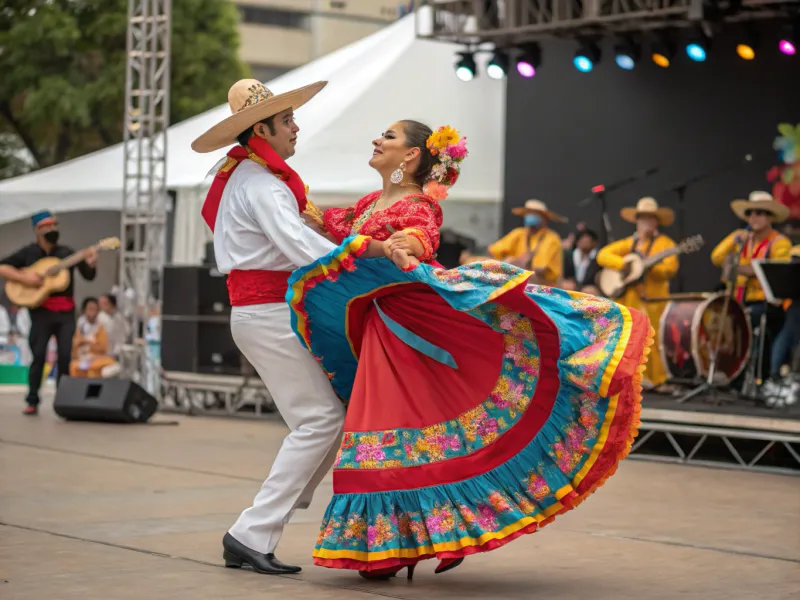
Desde apresentações formais a rituais de namoro significativos, as tradições acrescentaram profundidade às relações. Forneciam uma estrutura, transformando o amor em algo que não era apenas sentido, mas honrado e celebrado.
These customs weren’t just formalities—they built a sense of continuity and commitment, making each relationship feel like part of a larger story.
À medida que as normas de namoro foram mudando, muitas destas tradições desapareceram, mas o seu impacto no amor e no compromisso continua a ser inegável.
19. Respeito pelo espaço pessoal

A tónica era colocada no espaço pessoal e no respeito mútuo. Embora o amor fosse profundamente valorizado, a individualidade nunca era sacrificada.
Os parceiros compreenderam a importância de dar espaço um ao outro para crescer e de manter a independência sem deixar de fazer parte de uma relação amorosa.
Atualmente, com a constante conetividade digital, as fronteiras podem por vezes esbater-se, tornando mais difícil cultivar o equilíbrio entre proximidade e liberdade pessoal.
20. Pensamento a longo prazo

Dating wasn’t just about the moment—it was about building a life together. Couples approached relationships with a sense of long-term commitment, planning for a future that extended beyond fleeting excitement.
As decisões eram tomadas tendo em conta a estabilidade, os objectivos partilhados e o desejo de crescer como parceiros. O amor era visto como uma base e não apenas como uma fase passageira.
With today’s fast-paced dating culture, the emphasis on long-term planning can sometimes feel secondary to immediate gratification.
21. Distracções limitadas

Sem o zumbido constante dos dispositivos digitais, o namoro tinha menos distracções. Podiam concentrar-se inteiramente um no outro, com conversas sem serem interrompidas por notificações.
Esta ausência de distracções permitiu estabelecer ligações mais profundas, onde puderam estar totalmente presentes em cada momento juntos.
Os Boomers apreciam esta atenção exclusiva, sentindo que contribuiu para a força e a intimidade das suas relações.
22. Marcos partilhados

Every relationship had defining moments—first dates, anniversaries, and shared achievements were treasured and acknowledged with thoughtful gestures. These milestones weren’t just dates on a calendar; they symbolized growth, commitment, and the journey a couple was taking together.
Each celebration reinforced the bond, creating cherished memories that added meaning to the relationship. While modern dating sometimes moves too fast to fully appreciate these moments, they once served as markers of love’s progression.
23. Criar laços para superar desafios

Facing difficulties together wasn’t seen as a burden but as a natural part of a relationship’s evolution. Whether it was resolving a disagreement or navigating life’s obstacles, couples leaned on each other, learning resilience and teamwork.
Challenges weren’t seen as reasons to walk away but as opportunities to grow stronger as a unit. Love wasn’t about avoiding hardships but about standing together through them.
Numa época em que a conveniência é muitas vezes prioritária, a capacidade de resistir às tempestades como casal é uma qualidade que leva as relações para a frente.
24. Valorização dos momentos de silêncio

Not every interaction needed to be filled with words or distractions. Simply being in each other’s presence—sharing a peaceful evening, watching the world go by, or enjoying a comfortable silence—was its own kind of intimacy.
These moments weren’t about grand declarations but about feeling understood without the need for constant conversation. The quiet in between was just as meaningful as the laughter and deep discussions.
With today’s fast-paced communication, those pauses for reflection and presence can feel rare, but they once played a crucial role in strengthening emotional bonds.
25. Importância da amizade

A lasting relationship wasn’t just built on passion; it was rooted in genuine friendship. Couples took time to truly know one another, sharing interests, inside jokes, and everyday joys before anything romantic took shape.
This strong foundation of companionship ensured that love wasn’t fleeting—it was grounded in mutual respect and trust. Romance could ebb and flow, but the friendship remained a steady constant.
Num mundo onde as relações podem por vezes ser apressadas, dar prioridade à amizade criou um nível de compreensão que resistiu ao teste do tempo.
26. Respeitar as diferenças
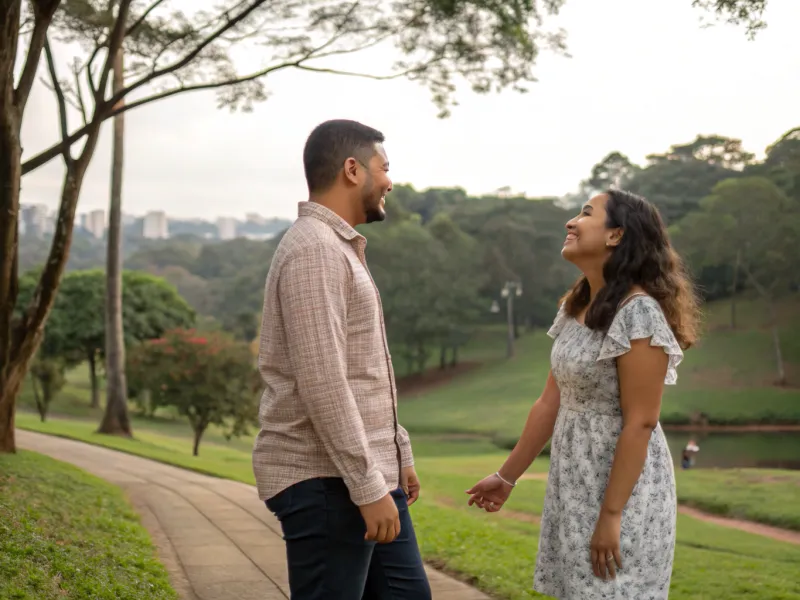
Em vez de procurarem um alinhamento perfeito em todas as crenças e preferências, os casais apreciavam o que tornava cada um deles único. O namoro consistia em descobrir as diferenças, aprender com elas e permitir que elas enriquecessem a relação.
Partners didn’t just tolerate contrasts in opinions or hobbies; they valued them, seeing them as opportunities to grow and broaden their perspectives.
Nos encontros modernos, onde a compatibilidade é por vezes reduzida a uma lista de verificação, a capacidade de respeitar a individualidade tornou as relações mais fortes e mais gratificantes.
27. Honestidade e transparência

A confiança era construída com base na honestidade. As pessoas diziam o que pensavam, expressavam claramente as suas intenções e valorizavam a transparência nas suas relações. Havia pouco espaço para jogos mentais ou sinais contraditórios.
Open conversations created a sense of security, where both partners knew they could rely on each other’s sincerity. Clarity in communication eliminated unnecessary guesswork and fostered deeper emotional trust.
Numa cultura de encontros em que a ambiguidade pode, por vezes, ser a norma, honestidade direta era a cola que mantinha as relações fortes e inabaláveis.
28. Construir um legado
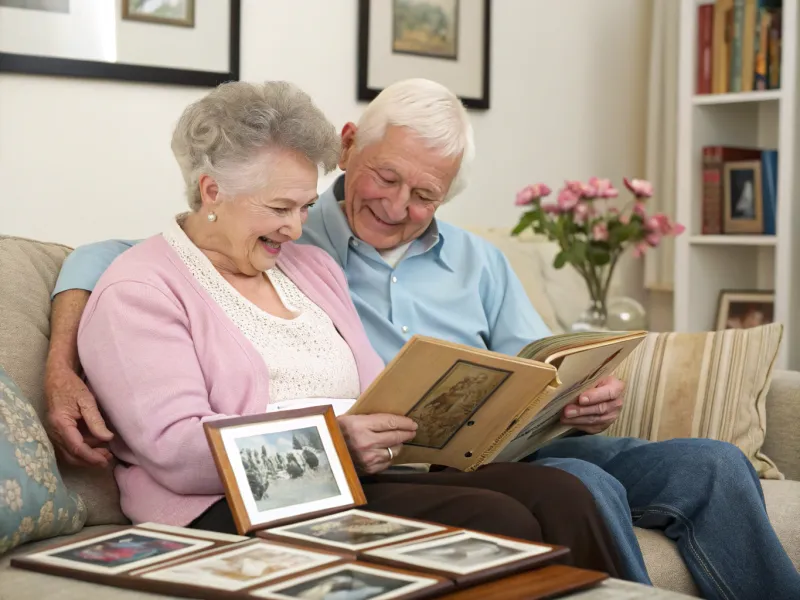
Love wasn’t just about the present—it was about building something that would stand the test of time. Every decision, every shared experience, contributed to a bigger picture: a life built together, a story worth telling.
As relações tinham um sentido de propósito, em que os casais imaginavam envelhecer lado a lado, transmitindo as histórias da sua viagem às gerações futuras. O amor era visto como mais do que apenas companheirismo; era um legado a ser honrado.
This depth of commitment ensured that relationships weren’t just lived in the moment but shaped with the future in mind.
29. Obrigações duradouras
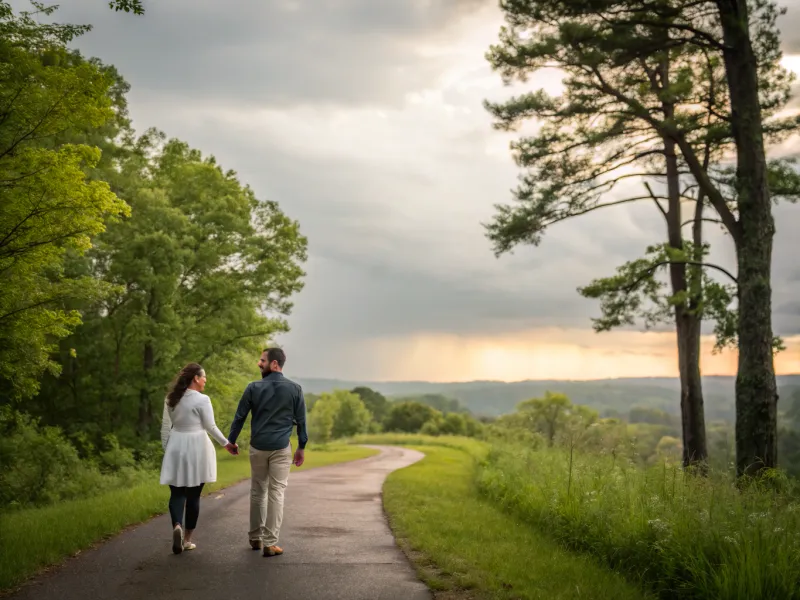
Relationships weren’t fleeting—they were designed to last. Bonds were built with care, strengthened by shared memories, mutual respect, and unwavering commitment. Love wasn’t disposable; it was nurtured through the years.
Even through life’s ups and downs, relationships endured because they were grounded in something deeper than temporary excitement. The connection ran too deep to be easily broken.
Num mundo onde as relações podem, por vezes, parecer incertas, o tipo de amor que durou décadas é um testemunho de devoção, paciência e do verdadeiro significado de compromisso.
30. Courting Built Emotional Intimacy First

Boomers often remember a time when relationships started with emotional connection rather than physical chemistry. Courting was about slowly peeling back the layers—getting to know someone’s heart, hopes, and character before rushing into anything else.
It wasn’t about instant gratification; it was about meaningful conversations, shared values, and the steady building of trust. This emotional intimacy became the bedrock of long-lasting relationships.
Today, with swipe culture and fast-paced dating, that deep foundation can sometimes be overlooked. But Boomers cherish a time when love took root in the soul first.
31. Commitment Was the Default, Not the Exception

Back then, dating wasn’t a revolving door of options. If you were seeing someone, the goal was often clear: to build something real and lasting. Commitment wasn’t something to be feared—it was expected, even respected.
People invested time and energy because they genuinely wanted to create a future together. It wasn’t about keeping options open; it was about choosing someone and showing up for them day after day.
Boomers value that sense of loyalty and intentionality—a far cry from the swipe-left culture that can make love feel temporary. For them, commitment wasn’t rare; it was the rule.







